But To Make A Milkhare, Do The Following:
But to make a Milkhare, do the following:
On takes nine different coloured thread of woolen yarn and go with them to a crossroads on a Thursday night between twelve and one o’clock. Here, one makes a fire from nine different kinds of wood and wind counter-clockwise, around the fire, a ball of the woolen yarn threads. When the ball is ready, one drops three drops of blood out of the left ring finger with the following words: ” If you will run for me here on earth, then I shall burn for you in Hell.”
Then one takes and whips the Milkhare with a birch twig and says: ”Money you will draw, butter you will drawn (or whatever one wants the milkhare to draw.)” Everything one desires one can get the Milkhare to draw, and the Milkhare follows generation after generation.
- Svartkonstböcker; A compendium of the Swedish Black Art Tradition, Dr. Thomas K. Johnson
More Posts from Saintedsorcery and Others




‘Mercury’ ‘Saturnia’ ‘I am Adonai’ ‘Spirit Forest III’ art by C. M. Kosemen
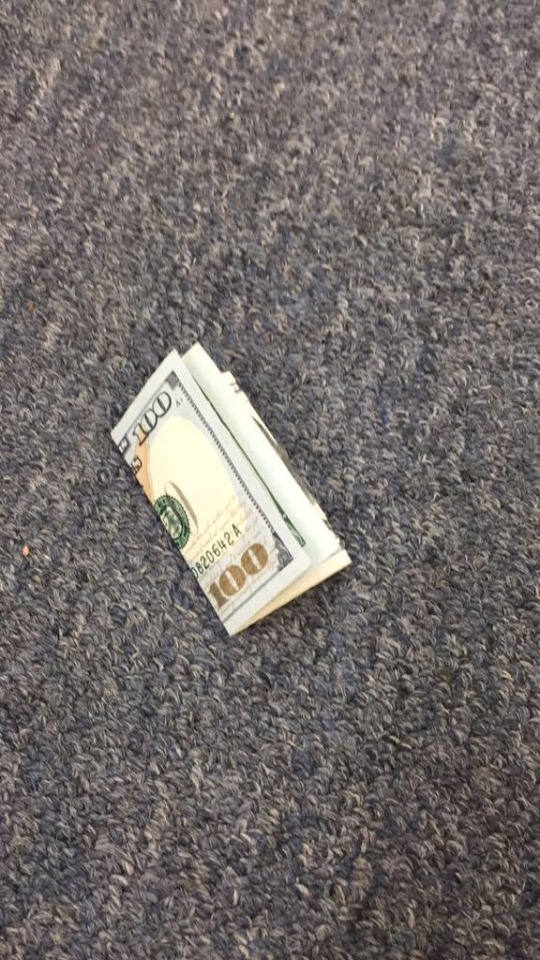

Reblog In 5 seconds for good luck
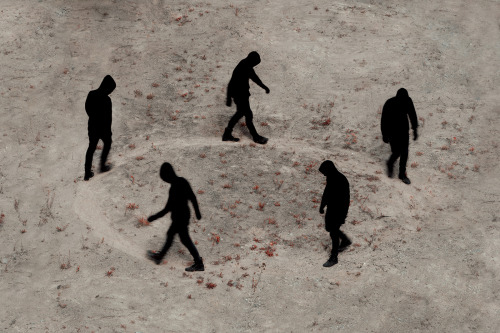




Sean Mundy
Cycles, 2020
Instagram // Prints // Twitter
Heresy As Healing

When I first got into paganism and witchcraft, I did what I think a lot of people do and took a very hard turn in to “fuck Christianity!” The literature and discourse of the early and mid 2000′s didn't help this mindset either. There was a lot of talk about how Wicca (I was an eclectic wiccan at the time) was the survival of an ancient pre-Christian religion and that Christianity stole its practices, holidays, and pretty much everything else, from paganism.
Needless to say my religious baggage went unpacked for YEARS?
That was until i left my more Wicca-inspired practice and found “traditional witchcraft”. In these spaces i found something that i had been lead to believe was impossible: Witchcraft and Christianity coexisting. Not only coexisting, but a style of witchcraft created by almost biblical teachings on their heads and pulling out the magic. Lucifer and Azaezel being sources of witch-power, Cain being the first Sorcerer, the witch’s horned one as the Devil! Seeing the witch-trials as not simply a tragedy, but pulling wisdom and magic from the confessions. All of this was new and exciting!
Beginning my research into this amazing new avenue was the first step in healing my heart and soul from the hitherto ignored scars left by my time in the Church. The more I walked this strange and crooked path, the more I found value in heresy. Calling to the Man in Black at a crossroads, flying from my body to the Witch’s Sabbath, reciting the Lord’s Prayer backwards. All of these were powerful in ways I never thought they could be. I laughed at myself. If you had told me at 18 that in 5 years id be dancing with the Devil, I would have raged about there being no Devil in the Craft. While I understand now why the 90s-2000s were so “anti-devil” and “love and light” I’m glad that we can now look at witchcraft and its history with a more nuanced lens.
Now in some ways I've come full circle. I am not a Christian, and I don't think i ever will be, but I pray to saints, I have a growing interest in Mary, I use psalms and bible verses in my spell work, i craft rosaries as a devotional act to the spirits I serve and honour. My patron goddess has even started to come to me with Marian imagery and titles.
In Fayerie Traditionalism/Fayerism we’re encouraged (sometimes outright told) to avoid and expunge all Abrahamism from our lives and certainly from our Sorcery. We’re told that there is no magic or value in Abrahamic traditions. This has been my biggest hurdle with this path. For me, i find so much power in using folk magic that would be deemed “witchcraft” by the Church, regardless of how much scripture is in it. I think to continue this idea of “there's no place for Christianity in witchcraft” does such a disservice to the history of witchcraft in Europe and the US. So many practices would not exist if our ancestors had not learned to synchronize and hide in plain site. I’m not calling on God when I use a psalm to heal, I'm speaking words of power that have been spoken for centuries by other healers and workers. When I pray the rosary, I do it to honor my ancestors who found comfort in it.
For me, the catholic folk magic and heretical aesthetics do not deter me from path of Fayerie Traditionalism, it is simply another avenue to the same goal. The spirits of this tradition have not shown any ill-will to how I work. Gwynn still comes when I call him “Devil” or “Master” and Gwynnevar herself told me to call her “Our Lady Down Below” or “Our Lady of the Mound/Hill” Taking back my power from Christianity and seeing the Wisdom in its heresy has made me a better person and a stronger sorcerer. I have not lost my faith in the Fayerie People but have come closer to them.
All this is to say:
Be free
Be powerful
Be a Heretic
Nema
it is so wild to me the fashions that are called “emo” today. especially given the fact that probably 80-90% of it is actually scene, not emo. this would have started full on wars 15 years ago
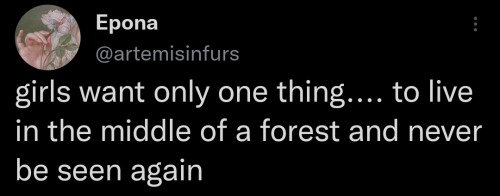

Demeter and Dionysus, from "Mythology" by Edith Hamilton, illustrated by Steele Savage.

Here’s my contribution to the #regionalwitchcraftchallenge started by Via Hedera
.
.
.
So I wasn’t sure if I should have taken part in this because #Maine doesn’t really have anything (that I know of) that is specific to the region.
To make up for that, I try to incorporate as much of the local flora, fauna, and landscape as I can.
.
.
-Maine black bear skull, gifted from a local hunter
-Novena candle (one side of my family is Catholic and that has started to influence my craft)
-Locally harvested cedar
-Two keepsakes of my departed grandparents
-Birch Water (à la “An Carow Gwyn”) with bark harvest from my property
-An antique rosary found while thrifting
-A hag stone from the coast of Maine
-Selected bones from my casting kit that are all local animals (red fox, coyote, beaver, bobcat)
-An arrowhead from our state museum
-Ritual blade made from white-tail deer
.
.
.

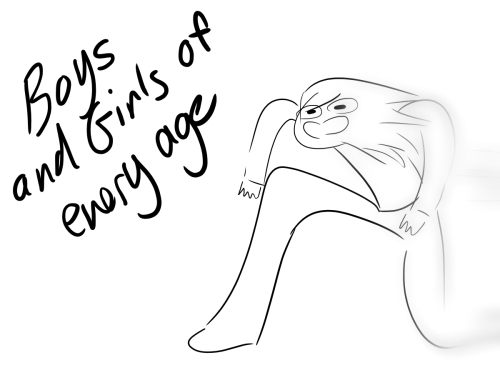

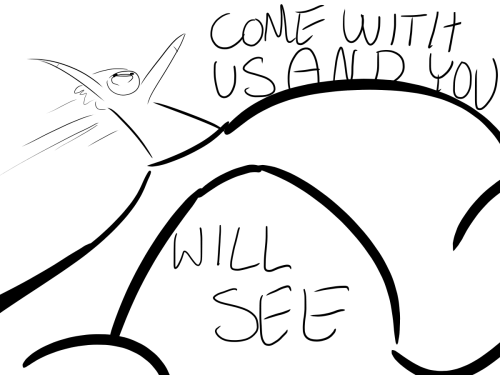
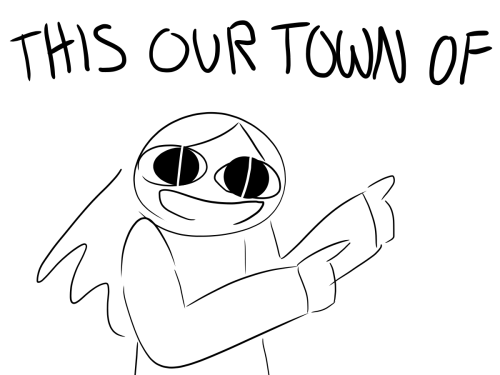

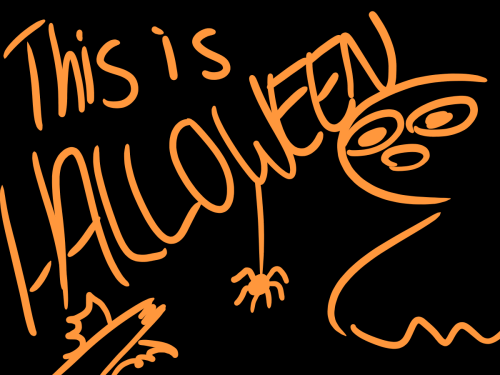
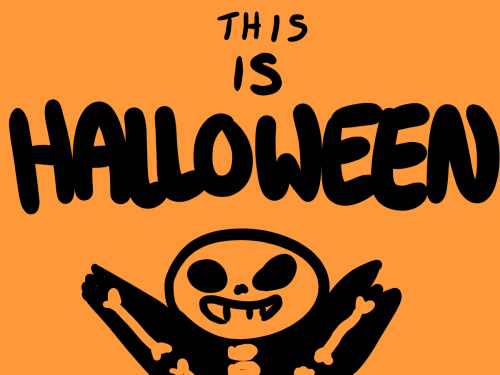
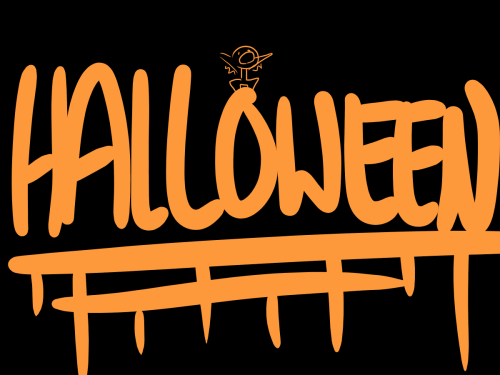

:/

Jeszika Le Vye - Sorceress (Zenith)
-
 grimorum-arcanorum reblogged this · 1 year ago
grimorum-arcanorum reblogged this · 1 year ago -
 grimorum-arcanorum reblogged this · 1 year ago
grimorum-arcanorum reblogged this · 1 year ago -
 hexxvs reblogged this · 3 years ago
hexxvs reblogged this · 3 years ago -
 mychemicallyimballancedromance liked this · 3 years ago
mychemicallyimballancedromance liked this · 3 years ago -
 a-lazy-witch liked this · 3 years ago
a-lazy-witch liked this · 3 years ago -
 eldritchhousekeeper liked this · 3 years ago
eldritchhousekeeper liked this · 3 years ago -
 rays-collections reblogged this · 3 years ago
rays-collections reblogged this · 3 years ago -
 saintedsorcery reblogged this · 3 years ago
saintedsorcery reblogged this · 3 years ago -
 saintedsorcery liked this · 3 years ago
saintedsorcery liked this · 3 years ago -
 stitch-and-witch reblogged this · 4 years ago
stitch-and-witch reblogged this · 4 years ago -
 oldcrowshag reblogged this · 4 years ago
oldcrowshag reblogged this · 4 years ago -
 trollkall liked this · 4 years ago
trollkall liked this · 4 years ago -
 yasmines-journey liked this · 4 years ago
yasmines-journey liked this · 4 years ago -
 ofmossandsea liked this · 4 years ago
ofmossandsea liked this · 4 years ago -
 honeyedpines reblogged this · 4 years ago
honeyedpines reblogged this · 4 years ago -
 haubbit reblogged this · 4 years ago
haubbit reblogged this · 4 years ago -
 haubbit liked this · 4 years ago
haubbit liked this · 4 years ago -
 quack-witch reblogged this · 4 years ago
quack-witch reblogged this · 4 years ago -
 arkefthos reblogged this · 4 years ago
arkefthos reblogged this · 4 years ago -
 taltos-seidmadr reblogged this · 4 years ago
taltos-seidmadr reblogged this · 4 years ago -
 curlywitchy liked this · 4 years ago
curlywitchy liked this · 4 years ago -
 dabratprince liked this · 4 years ago
dabratprince liked this · 4 years ago -
 thedevilsown reblogged this · 4 years ago
thedevilsown reblogged this · 4 years ago -
 thedevilsown liked this · 4 years ago
thedevilsown liked this · 4 years ago -
 echoesofthefall liked this · 4 years ago
echoesofthefall liked this · 4 years ago -
 thepancakegod liked this · 4 years ago
thepancakegod liked this · 4 years ago -
 csokachild liked this · 4 years ago
csokachild liked this · 4 years ago -
 blackthornwren reblogged this · 4 years ago
blackthornwren reblogged this · 4 years ago -
 keztion liked this · 4 years ago
keztion liked this · 4 years ago -
 nicolas-lovelace liked this · 4 years ago
nicolas-lovelace liked this · 4 years ago -
 archangels-to-faeries reblogged this · 4 years ago
archangels-to-faeries reblogged this · 4 years ago -
 fair-is-foul reblogged this · 4 years ago
fair-is-foul reblogged this · 4 years ago -
 satanic-panic-666 liked this · 4 years ago
satanic-panic-666 liked this · 4 years ago -
 lobright101 liked this · 4 years ago
lobright101 liked this · 4 years ago -
 warlockthings liked this · 4 years ago
warlockthings liked this · 4 years ago -
 archivist-shanty liked this · 4 years ago
archivist-shanty liked this · 4 years ago -
 wyrdhashira liked this · 5 years ago
wyrdhashira liked this · 5 years ago -
 wyzper317 liked this · 5 years ago
wyzper317 liked this · 5 years ago
